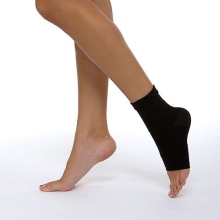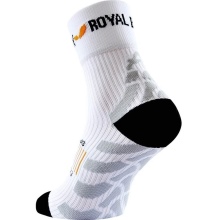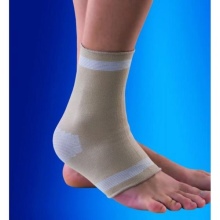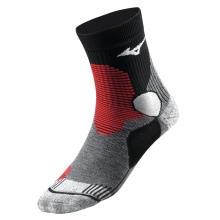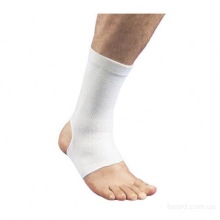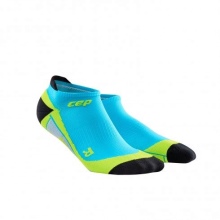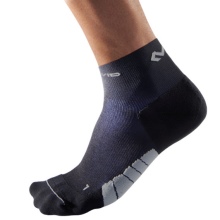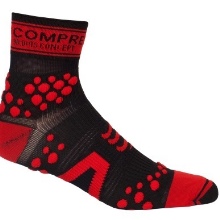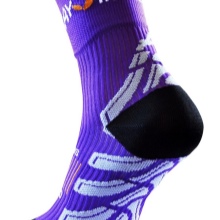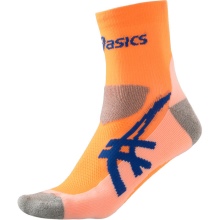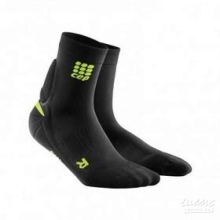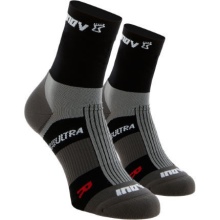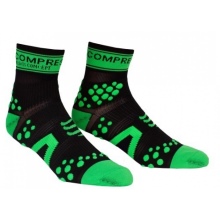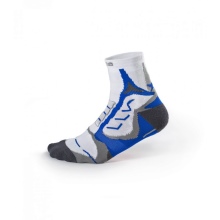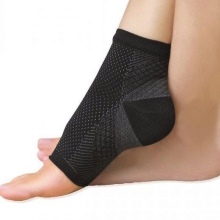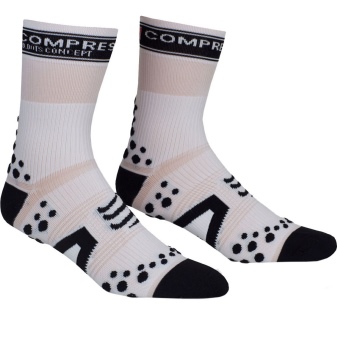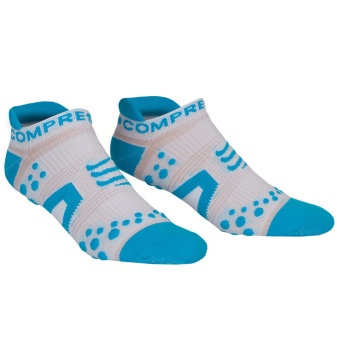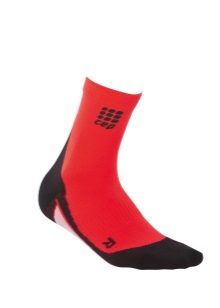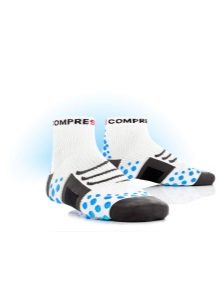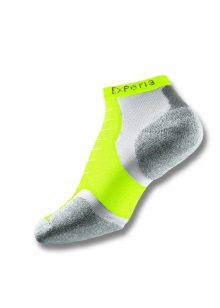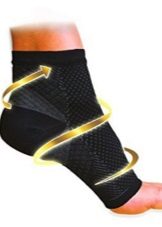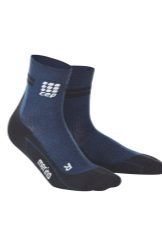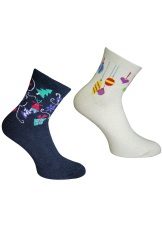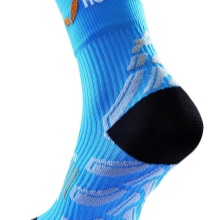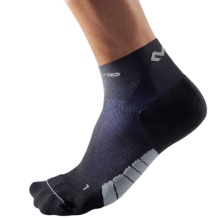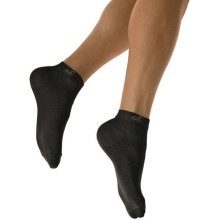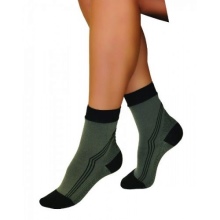There are quite a few varieties of compression underwear: from socks to overalls. Each type of knitwear of this type is designed for specific purposes and can be used both independently (for the prevention or elimination of mild symptoms), and on the recommendation of medical professionals (in cases of a pronounced disease).
Properties and effects on the body
This type of compression underwear like socks is less popular than the same knee socks, stockings or pantyhose, but it is highly in demand in a medical or sports environment. Socks are used to prevent the expansion of veins, due to the nature of the work, increased weight or prolonged physical exertion in sports. The principle of action of the compression socks is to squeeze the various degrees of blood vessels in the lower leg and prevent their expansion.
Indications for use
For medical reasons, socks are designed to be worn by people in order to prevent or treat already existing vascular diseases, in particular, varicose veins.
Usually the use of compression socks is shown to those who have just appeared the first signs of impending diseases - swelling that occurs by the end of the day, painful heaviness in the legs, the first spider veins in the lower limbs. However, on the recommendation of a doctor, they can be used in more complex cases: for varicose veins, venous insufficiency, lymphostasis, in the postoperative rehabilitation period.
The preference of athletes is explained simply - such socks fix the foot, giving it the correct position, thereby providing additional support and preventing possible thrombosis resulting from deformation of the veins during heavy exertion, for example, when running.
Advantages of wearing compression socks:
- increased blood flow as a result of squeezing of blood vessels, which provides a greater percentage of oxygen entering the muscles, and as a result, an improvement in their work;
- improved thermoregulation, since there is no free air circulation in the compression socks, the muscles are constantly heated, and consequently, the risk of injury to the legs is reduced, and the removal of moisture and heat occurs through the holes in the fabric weaving;
- saving muscle energy due to the fact that the leg, tightly covered with the toe, is less exposed to vibration and the risk of sprains;
- protection of the skin, as with the right size of socks, skin rubbing is excluded.
Contraindications to the use of compression socks are also available, although they are not so great: wearing compression hosiery on the lower extremities is not recommended for diabetics, dermatitis of various etiologies who have vascular diseases, as well as in the presence of open wounds.
Compression classes
Compression socks, like any other compression garment, are subdivided into 5 classes according to the degree of compression according to RAL-GZ 387, the German standard for compression hosiery:
- Preventive. Used by tourists, athletes, people leading an active lifestyle, or, conversely, spending a lot of time in a static mode, on their feet. The need for acquisition is determined independently or upon the recommendation of a physician.
- 1 class. The degree of compression is 18-22 mm Hg, used at the first signs of vascular disease. You can also buy yourself.
- 2 class. Compression of 23-32 mm. Hg. Appointed only by a specialist in case of identified diseases, for example, varicose veins.
- 3 class.The degree of compression 33-46 mm. Hg. Used for diagnosed vein diseases in severe form.
- 4th grade. Superstrong compression over 49 mm Hg. They are prescribed for the treatment of lymphostasis.
Models
Models of compression socks can be worn by both men and women and be of several types:
- with open toe - used in cases where a person has a large foot size and short ankle; if the toes are affected by a fungal infection; with deformed toes.
- with open heel - used in cases of damage to the heel;
- with compression rubber - it should be wide, soft and elastic.
How to choose?
Choose compression socks, you need the same way as, actually, and all the knitwear of this type. The main criteria for selection are: destination and size.
If you proceed from medical considerations, then it will be enough for you to determine your size and buy such socks at any pharmacy, the only reason for thinking about this situation will be the choice of the manufacturer.
Check out the Live Healthy program for tips on choosing compression socks.

